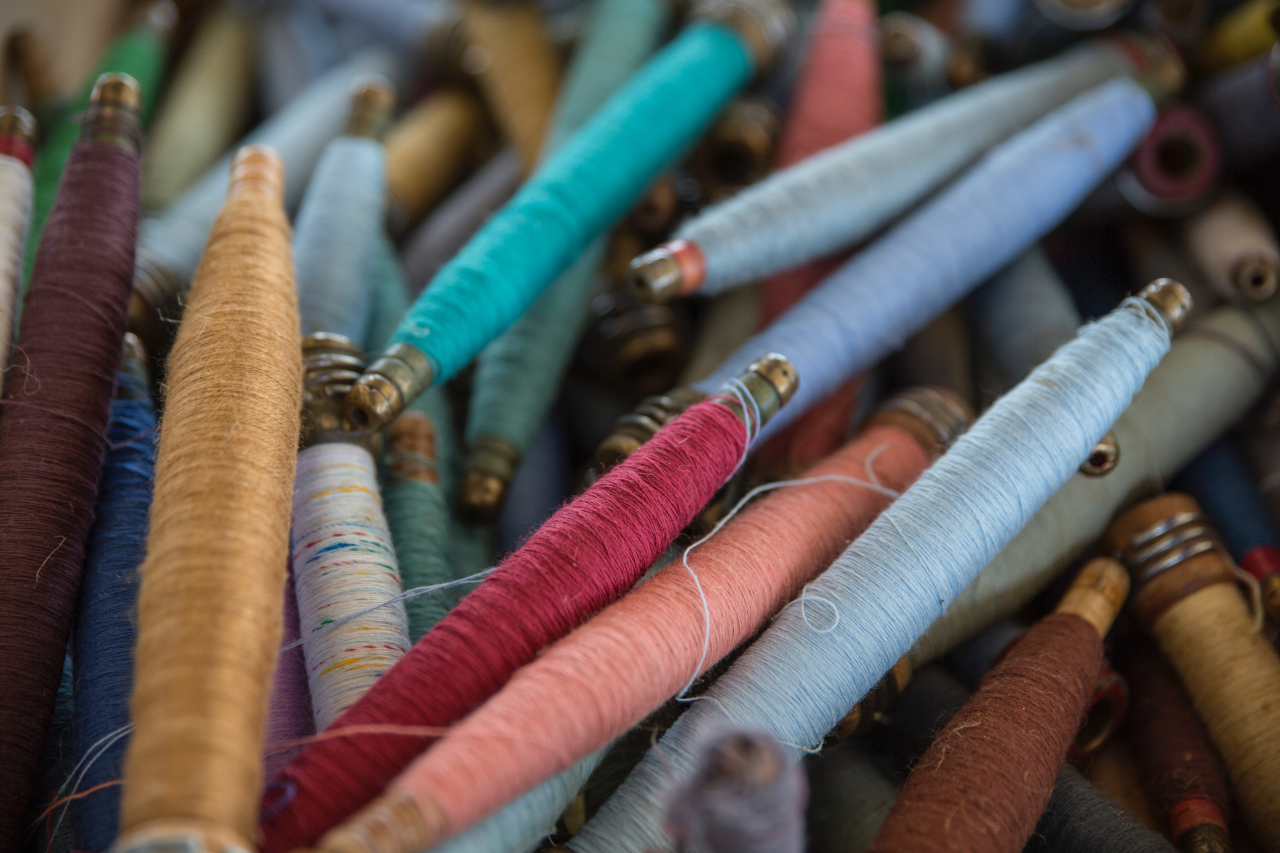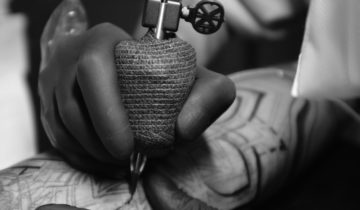The places where our fabrics are coming from.
The history of textile production in Turkey goes back to the Ottoman Empire period. In the 16th and 17th centuries, Turkey is the leader of cotton production and textile fabrics in an advance level. Till today Turkey is the pearl of high quality textiles. Spinners and weavers are learning there handcraft over generations.
Let’s make a small trip to the tradition of weaving. Primary they are using silk, cotton and wool to create an immense beauty with their handcraft. The knowledge of colors, patterns and composition belongs to the spinners and weavers.
One of the oldest weaving tradition is a flat woven “Kilim” Rug. Mostly they have geometric patterns and are made of wool (goat, camel, or horse) or silk. Kilims are generally woven with the slitweave technique.
Turkeys Cotten Regions
The main cotton growing areas are located in western (Aegean), South-western (Antalya), Southern (Cukurova) and South-eastern parts of Turkey planting area, production and lint yield for each region. Research works on cotton breeding in Turkey were initiated during the first years of the Republic (1924 –1926). At the beginning adaptation on the introduction material from other countries were common.
Then, production of new cultivars has been started by emphasizing selection and hybridization. Breeding works on cotton were done first at the seed multiplication stations in Adana, Eskisehir, Adapazari and Yenikoy. Adana had the leadership on breeding diploid cotton (G. herbaceum). The breeding and cultivation techniques works on G. hirsutum L. were started with 40 cultivars introduced from USA in 1927.
The cotton breeding program in Turkey will focus on improving yield and fiber quality, earliness, adaptation for specific regional conditions and resistance to Verticillium Wilt (V. dahliae) and insects. Lint yield and fiber quality have always been the primary importance to the breeders because the greatest profit usually is realized from maximizing yield. Most of the Cotton in Turkey (98 %) is grown under irrigation and is harvested by hand. Rain usually begins in October. So earliness is considered one of the most important features of a cotton cultivar. Earliness has many advantages:
It enables the cotton crop to develop
during periods of more favourable moisture and to be harvested before damage from unfavourable weather conditions. It is important that the bolls be set early enough that most will mature before frost.
Silk in Turkey
The turkish word ipek “Silk” spoken with pronunciations such as yibek, yipek, yifek, cifek, chipek, jibek in various dialects of Turkish. Silk “from silkworm cocoons” was first produced in China, but also used before in the area of Jerusalem and middle east. Silk was from beginning a luxury goods, which Plinius regarded as one of the most expensive products in the world. Syrian ports through the Silk Road, were previously marketed to Europe as the goods of Assyria and Babylon, which were known for their richness. As a matter of fact, the famous geographer Ptolemy, who lived a century after Pliny, knew only about the part of the Silk road up to the Stone Kurgan. Roman emperors, from time to time, prohibited the wearing of silk by men with economic considerations. Silk production, which started in the middle of the century, was not enough to meet the luxury of the palace dignitaries, clergymen and the wealthy class.
The use of silk was widespread among the Central Asian peoples, who first traded and then produced. Many pieces of silk fabric belonging to different centuries have been extracted from the kurgans in the regions where Turks lived. In one of the Pazırık kurgans in the south of Siberia. It is thought that silk fabric with phoenix or pheasant motif, which came from China in the 16th century, was woven on the palace looms and was given as a gift to the nobleman. It is known that silk fabrics were woven to make for foreign dignitaries in Chinese palaces during this period of feudal order. In Noyun Ula, more than twenty silk fabric were found in kurgan. The languages of the Central Asian peoples are rich in words related to silk, as they are engaged in production and trade and use it widely.
Denim in Turkey
We want to inform your, that all our products are using natural sources, and care about sustainable production. Thats the reason why we cant to share these information with you, to give the importance to our future.
From Kilim to Hamam towls to Blankets, all woven textiles at KULA BERLIN are organic, sustainable, and without chemicals. We don’t use industry washing processes, to safe water and devoid chemicals.





 No products in the cart.
No products in the cart.